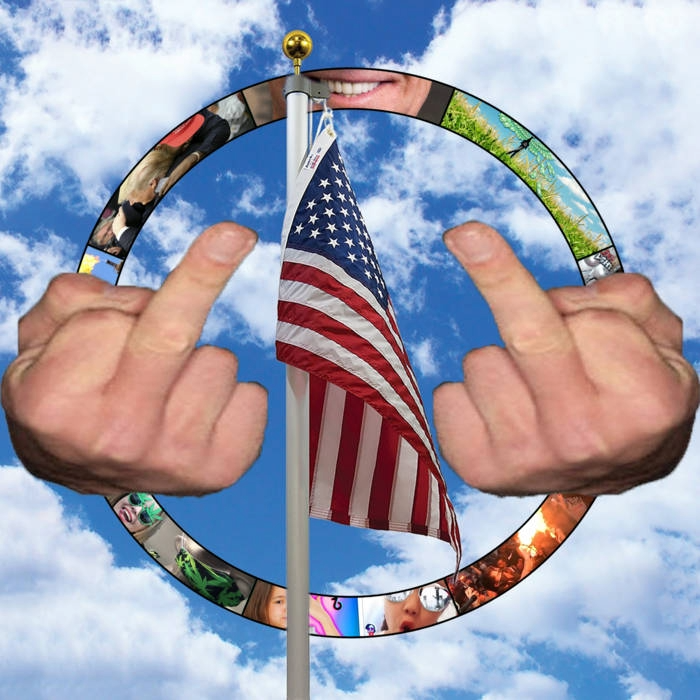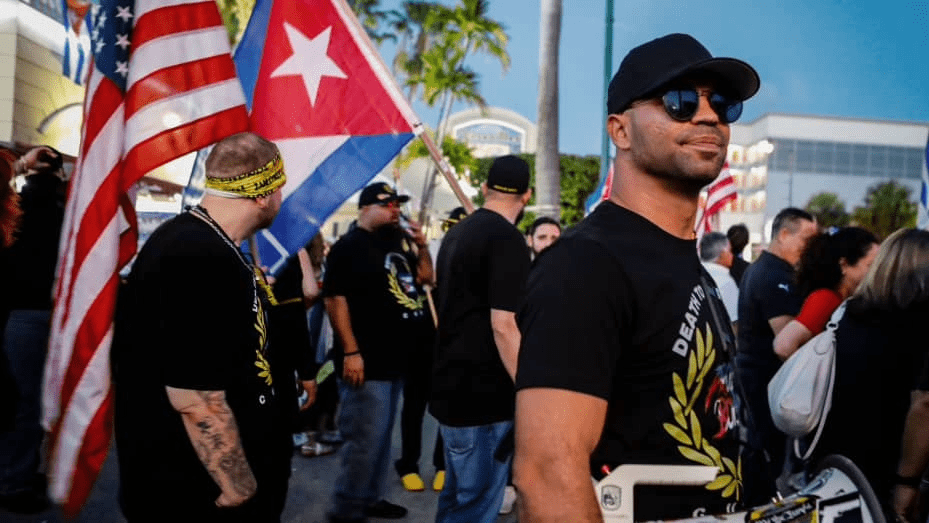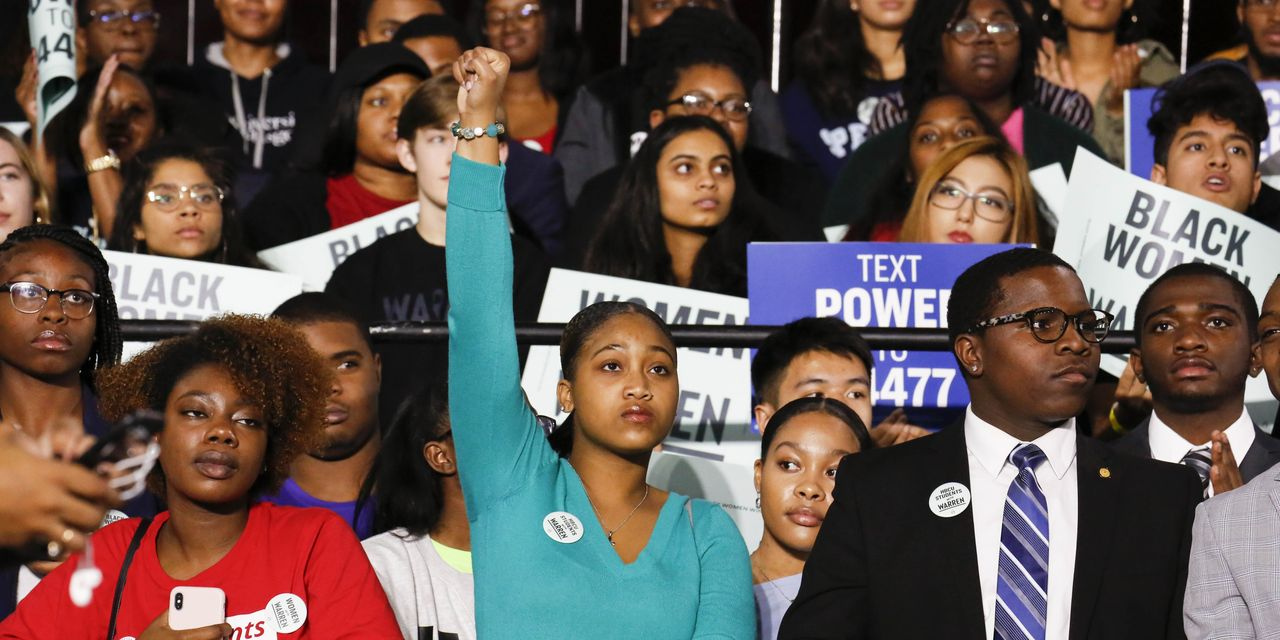Divide and Rule: How Modern Politicians Have Turned Polarization into an Art Form
Modern Politics: The Delicate Dance between Ideology and Reality
Divide and Rule: How Modern Politicians Have Turned Polarization into an Art Form
Introduction:
In the grand spectacle of politics, a new brand of artist has emerged: the maestro of division. With deft strokes, these politicians paint a portrait of America not united by dreams, but divided by nightmares. Let's dive deep into this curated gallery of polarization where unity seems passé, and division is all the rage.
A Historical Backdrop:
America, with its storied history of unity and compromise, once boasted politicians who put country before party. Lincoln's vision of a united nation and the cross-party initiatives in the mid-20th century stand as testaments. Yet, fast forward to the 21st century, and one has to squint hard to find vestiges of that unity. The drift began subtly, but like all skilled artists, today’s politicians have perfected their craft.
The Role of Media – Complicit or Simply Captive?:
Modern media outlets, hungry for ratings and clicks, play into the hands of these divisive strategies. Remember when news was just...news? Now, we have channels and websites catering to specific ideologies, amplifying the voice of politicians who spew divisive rhetoric. This echo chamber effect reinforces biases, creating an ever-widening chasm between differing ideologies. And let’s be honest: outrage sells better than unity.
Digital Echo Chambers:
The Internet promised to connect us, but for many, it has become a tool of isolation. Platforms like Twitter and Facebook algorithmically feed us what we want to hear, creating digital bubbles where our views are constantly reinforced. Politicians, always on the hunt for easy prey, exploit these echo chambers, dropping incendiary comments that ripple across their targeted demographics, further solidifying their base.
Fear as a Tool:
History has shown that nothing unites a group faster than a common enemy. Modern politicians, having read this playbook, are masters at creating boogeymen. By casting the opposition as not just ideologically different but as existential threats, they ensure a fiercely loyal (and fiercely defensive) voter base.
Politics of Personality:
The age of personality over policy is another chapter in this saga. Charismatic politicians, armed with fiery rhetoric but scant on policy details, dominate the landscape. With carefully crafted personas, they often reduce complex issues to mere sound bites, adeptly sidestepping substantive debates.
A Changing Demographic Landscape:
The shifting demographics of America, with growing ethnic, cultural, and social diversity, offer a treasure trove of opportunities for the cunning politician. Instead of championing the melting pot ideal, it's often more politically expedient to play one group against another, highlighting differences over shared dreams.
The Mirage of the 'Good Old Days':
Nostalgia is a potent drug. Politicians frequently invoke a rose-tinted vision of the past, suggesting that certain changes (often cultural or demographic) are eroding the 'true' essence of the nation. By doing so, they create a narrative of "us versus them," further deepening divides.
Conclusion:
The art of politics has undergone a seismic shift. Where once unity and compromise were the hallmarks of effective leadership, division and discord have taken center stage. But art is subjective. As the audience, voters have the power to critique, reject, or demand a change in genre. Perhaps it's time for the electorate to play art critic and advocate for a return to the classics: unity, compromise, and a shared vision for the future. The ball, as they say, is in our court.







.png)
.png)
Comments